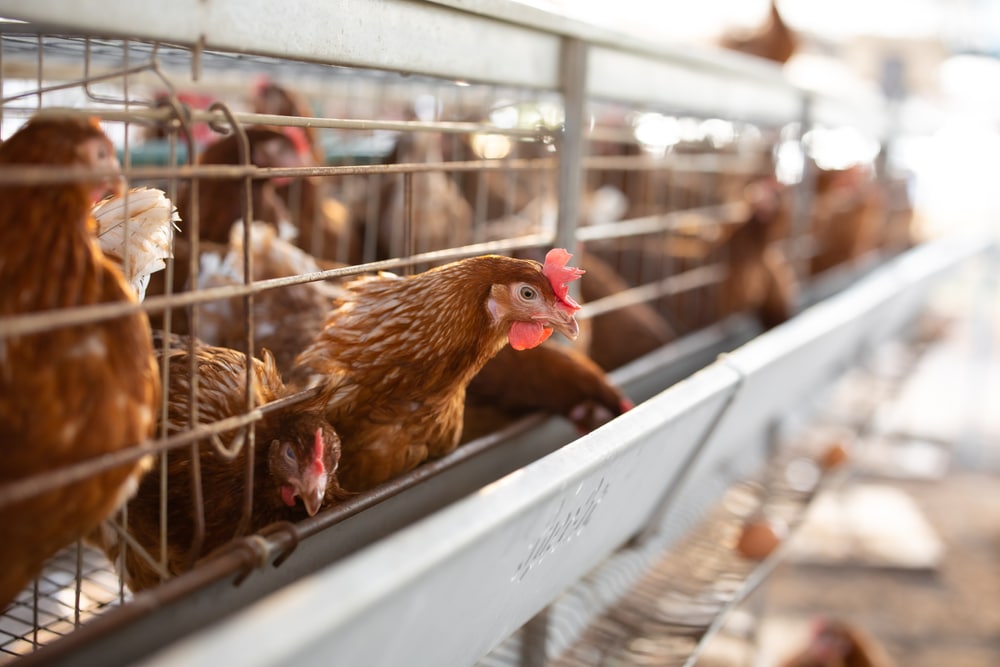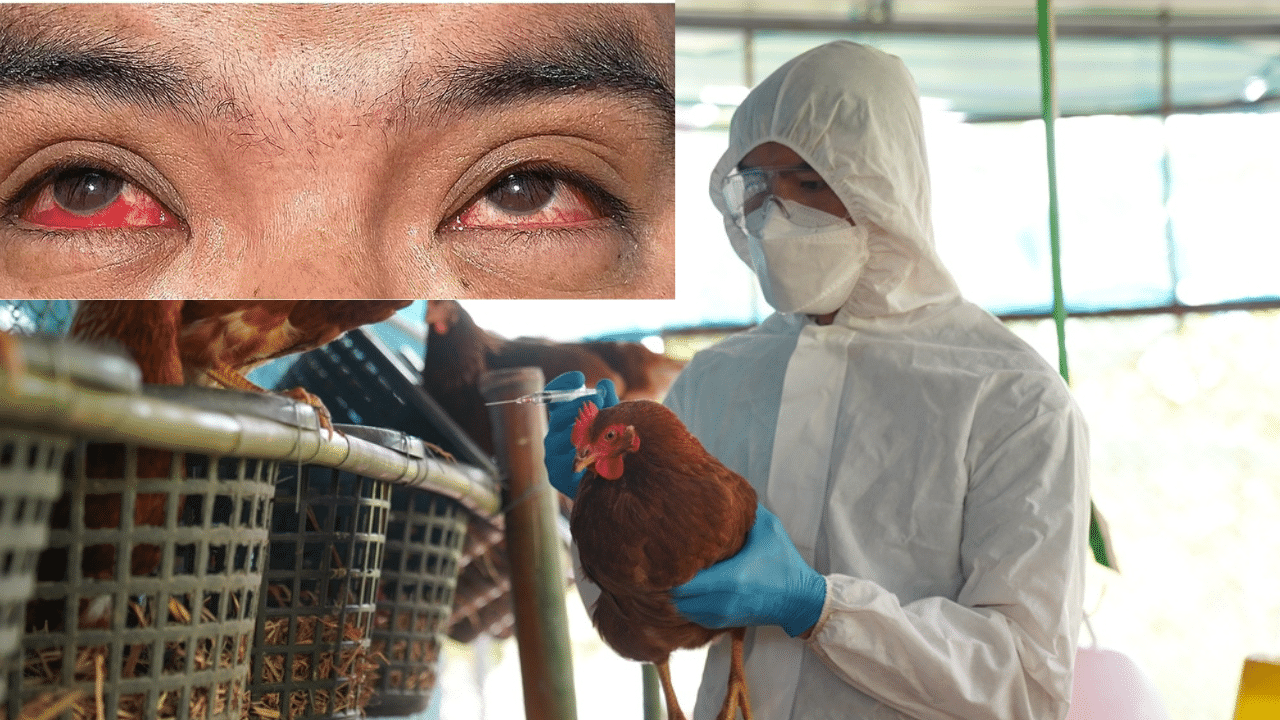The U.S. food system is under renewed strain as Covid-19’s Omicron variant stretches workforces from processing plants to grocery stores, leaving gaps on supermarket shelves. In Arizona, one in 10 processing plant and distribution workers at a major produce company was recently out sick.
In Massachusetts, employee illnesses have slowed the flow of fish to supermarkets and restaurants. A grocery chain in the U.S. Southeast had to hire temporary workers after roughly one-third of employees at its distribution centers fell ill. Food-industry executives and analysts warn that the situation could persist for weeks or months, even as the current wave of Covid-19 infections eases.
Recent virus-related absences among workers have added to continuing supply and transportation disruptions, keeping some foods scarce. Nearly two years ago, Covid-19 lockdowns drove a surge in grocery buying that cleared store shelves of products such as meat, baking ingredients, and paper goods.
Now some officials say supply challenges are worse than ever. A wide range of products will be in short supply due to labor shortages, food-industry officials said, with availability sometimes changing every day. In-stock levels of food products at US retailers reached 86% for the week ended January 16, according to market research firm IRI data. This is lower than last summer and pre-pandemic levels are over 90%.
Sports drinks, frozen cookies, and refrigerated dough are particularly low, with stock levels ranging from 60% to 70%. In-stock rates are lower in states such as IRI Data Show, Alaska, and West Virginia. “We hope the supply issues will be resolved when we go into this period right now.
Omicron showed a few dots on it, ”said Vivek Sankaran, chief executive of Albertsons Cos, in a January 11 call with analysts. Boise said the Idaho-based supermarket giant expects supply challenges next month or so.


















